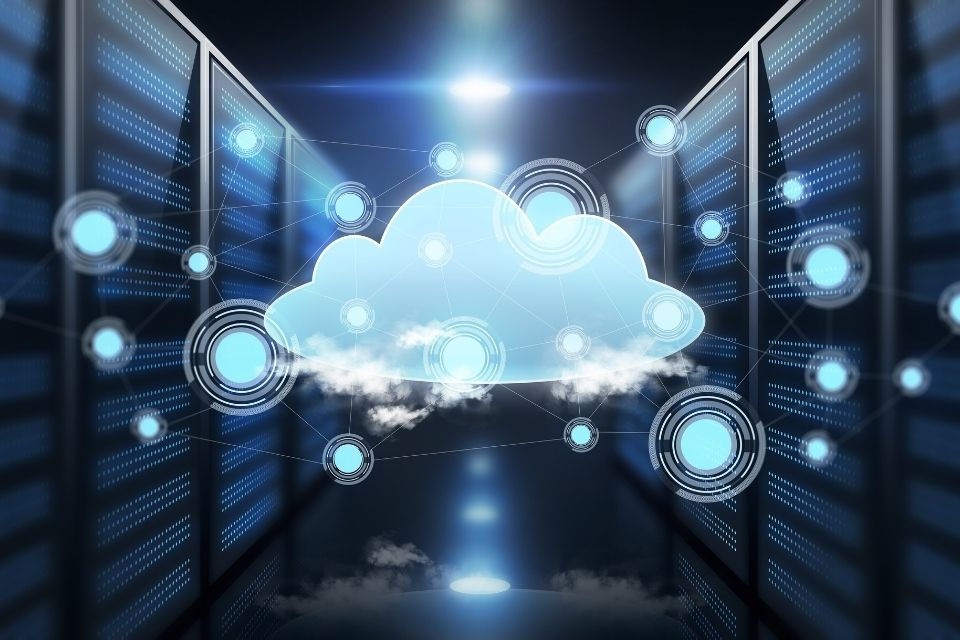Modernizing Your Legacy Infrastructure: Is it Time to Ditch Your Old Servers?
- Bismaya Ranjan
- Sep 17
- 4 min read

In the fast-paced digital economy, your IT infrastructure is the unseen engine driving your entire business. Yet, for many organizations, that engine is running on outdated, legacy systems – often housed in dusty server rooms, requiring constant maintenance, and struggling to keep pace with modern demands. The question isn't just about whether these old servers still work; it's about whether they are holding your business back. Is it time to ditch your old servers and embrace a modernized infrastructure?
At QudraGen, we understand the inherent challenges and the critical importance of this decision. We specialize in helping businesses transition from burdensome legacy systems to agile, scalable, and secure cloud and modernized infrastructures. Our CCIE-certified engineers are experts in identifying the optimal path for your modernization journey, ensuring it aligns with your strategic goals and propels your business forward.
Let's explore why hanging onto outdated infrastructure might be costing you more than you think, and why modernization is not just an upgrade, but an imperative.
The Hidden Costs of Sticking with Legacy Servers
While the initial investment in new infrastructure might seem daunting, the costs of maintaining old servers are often far higher and more insidious.
Exorbitant Maintenance and Operational Costs:
Hardware Failures: Older hardware is more prone to breakdowns, leading to costly repairs, replacement parts that are harder to find, and increased downtime.
Energy Consumption: Legacy servers are notoriously inefficient, consuming significantly more power for less output compared to modern, energy-efficient hardware or cloud resources.
Cooling Requirements: More heat means more cooling, adding another substantial layer of expense to your data center.
Floor Space: Physical servers take up valuable real estate that could be repurposed.
Security Vulnerabilities and Compliance Risks:
Outdated Patches: Older operating systems and software often receive fewer security updates, making them prime targets for cyberattacks. Applying patches to legacy systems can also be complex and risky.
Compliance Headaches: Meeting modern regulatory compliance standards (like GDPR, HIPAA, or industry-specific mandates) becomes increasingly difficult with outdated infrastructure that lacks modern security features and audit capabilities. A single data breach on a legacy system can incur massive fines and irreparable reputational damage.
Performance Bottlenecks and Reduced Productivity:
Slow Applications: Legacy servers struggle with the demands of modern applications, cloud services, and large data sets, leading to slow performance, frustrating users, and hindering productivity.
Limited Scalability: Growing your business means growing your IT. Scaling a physical, on-premise infrastructure is a slow, expensive, and disruptive process, preventing your IT from adapting quickly to business needs.
Stifled Innovation and Competitive Disadvantage:
Lack of Agility: Older systems are rigid and difficult to integrate with new technologies like AI, machine learning, or advanced analytics. This slows down your ability to innovate and respond to market changes.
Talent Drain: Attracting and retaining top IT talent becomes harder when your team is constantly battling outdated systems instead of working on cutting-edge technologies.
The Path to Modernization: A Strategic Imperative
Ditching old servers doesn't necessarily mean a complete overhaul overnight. Modernization is a journey, often best approached strategically, leveraging the power of cloud computing and optimized on-premise solutions.
Cloud Migration (Rehost, Replatform, Refactor):
Rehost ("Lift and Shift"): For applications that are not heavily customized, simply moving them to a cloud-based Virtual Machine (VM) can provide immediate benefits like reduced hardware costs and improved scalability.
Replatform ("Lift and Reshape"): This involves making minor modifications to applications or moving components to managed cloud services (e.g., migrating an on-premise database to a cloud-managed database service). This reduces operational overhead.
Refactor/Re-architect: For critical applications, rewriting or rebuilding them to be cloud-native (using microservices, serverless functions) unlocks maximum agility, scalability, and cost efficiency.
Hyperconverged Infrastructure (HCI):
For businesses that need to retain some on-premise components, HCI consolidates computing, storage, and networking into a single, software-defined solution. This simplifies management, improves efficiency, and offers cloud-like agility within your own data center.
Network Modernization (SD-WAN):
Outdated networks often bottleneck even the most modern servers. Implementing SD-WAN can revolutionize how your offices, cloud resources, and remote users connect, ensuring optimal performance, enhanced security, and cost savings.
Data Loss Prevention (DLP) & Enhanced Cybersecurity:
Modernizing your infrastructure must go hand-in-hand with fortifying your security. Implementing advanced cybersecurity solutions like MDR/XDR and DLP ensures that your new, agile environment is also securely protected against evolving threats.
Making the Decision: When is it Time?
The signs are often clear: frequent downtime, escalating maintenance costs, security vulnerabilities, or a growing inability to integrate new technologies. If your legacy infrastructure is becoming a bottleneck to innovation, a drain on your budget, or a source of security anxiety, it's not just time to consider modernizing—it's time to act.
At QudraGen, we work with you to assess your current landscape, identify your critical applications, and build a tailored modernization roadmap. Our expertise in cloud solutions, robust IT infrastructure design, and comprehensive cybersecurity ensures that your transition from old servers to a future-ready infrastructure is seamless, secure, and strategically aligned with your business goals. Don't let outdated technology hold you back. Empower your business for tomorrow, today.




Comments